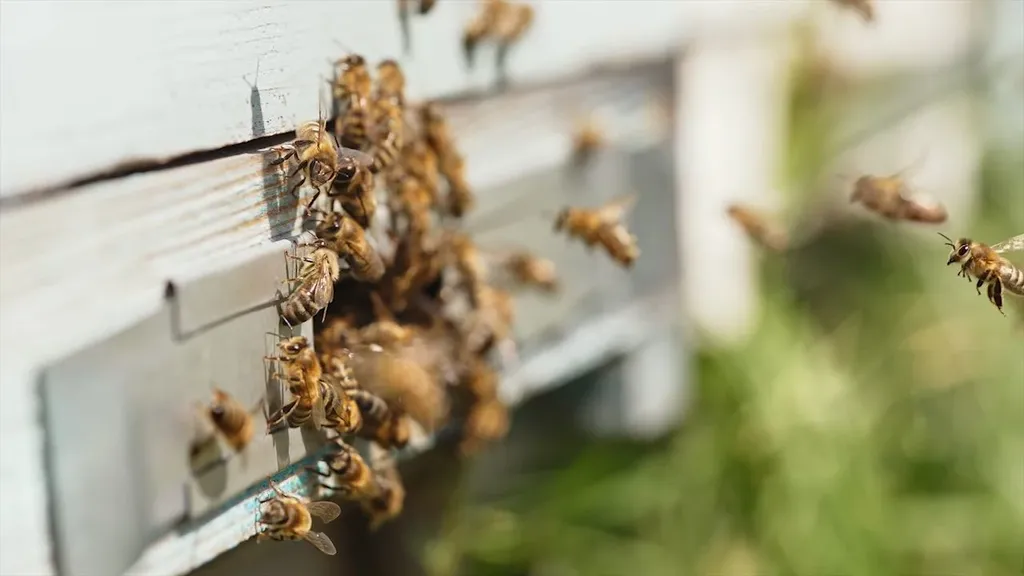In the heart of New Zealand’s avocado orchards, a silent drama is unfolding, one that could reshape our understanding of how agriculture impacts the tiny, often overlooked heroes of our ecosystems: ground-nesting bees. A recent study published in the journal *Global Ecology and Conservation* (which translates to *Global Ecology and Conservation*) has shed light on the complex relationship between these bees and the farms they inhabit, with implications that stretch far beyond the orchards themselves.
Dr. Felicia Kueh-Tai, a researcher at the New Zealand Institute for Bioeconomy Science Limited, led a team that surveyed three species of native ground-nesting bees—*Lasioglossum sordidum*, *Lasioglossum cognatum*, and *Leioproctus paahaumaa*—across eight avocado orchards with varying levels of horticultural intensity. What they found was a nuanced picture of how these bees respond to different farming practices, one that challenges the notion of a one-size-fits-all approach to sustainable agriculture.
The study revealed that the total abundance of these bees was positively associated with horticultural intensity and soil hardness, but negatively associated with slope. However, when the researchers drilled down into the data, they found that each species responded differently to these factors. *L. sordidum* thrived in high-intensity horticultural areas but declined with higher pesticide use, suggesting that while these bees can adapt to more intensive farming, they are still vulnerable to the chemicals used in these systems. “This species seems to be somewhat resilient to changes in land use, but it’s clear that pesticide use is a significant threat,” Dr. Kueh-Tai noted.
In contrast, *L. paahaumaa* was most abundant in low-intensity horticultural areas, but its abundance was best predicted by models that only included slope and soil hardness. This suggests that this species is more sensitive to changes in the physical environment than to the intensity of farming practices. Meanwhile, no significant predictors were identified for *L. cognatum*, highlighting the need for further research into the factors that drive the abundance of this species.
So, what does this mean for the future of agriculture and the energy sector? For one, it underscores the importance of tailored approaches to sustainable farming. As Dr. Kueh-Tai explained, “Our findings highlight the challenge of identifying agricultural practices that will support ground-nesting bees. However, reducing pesticide use will promote at least *L. sordidum* populations and therefore facilitate the adoption of sustainable farming methods to enhance ecosystem health.”
In the broader context, this research could have significant implications for the energy sector, particularly in the development of bioenergy crops. As the world shifts towards more sustainable energy sources, there is a growing need to understand how these new land uses will impact biodiversity. By providing insights into how different species respond to changes in land use and management practices, this study could help guide the development of bioenergy crops that support, rather than harm, our precious pollinators.
Moreover, the study’s findings could inform the development of more effective pollinator conservation strategies, which could in turn enhance the productivity and resilience of agricultural systems. As the world’s population continues to grow, the demand for food and energy will only increase, making it more important than ever to find ways to meet these needs sustainably.
In the end, this study is a reminder that the natural world is complex and interconnected, and that the choices we make about how we use our land have far-reaching consequences. By taking a closer look at the tiny, often overlooked inhabitants of our farms and orchards, we can gain valuable insights into how to create a more sustainable future for us all.

